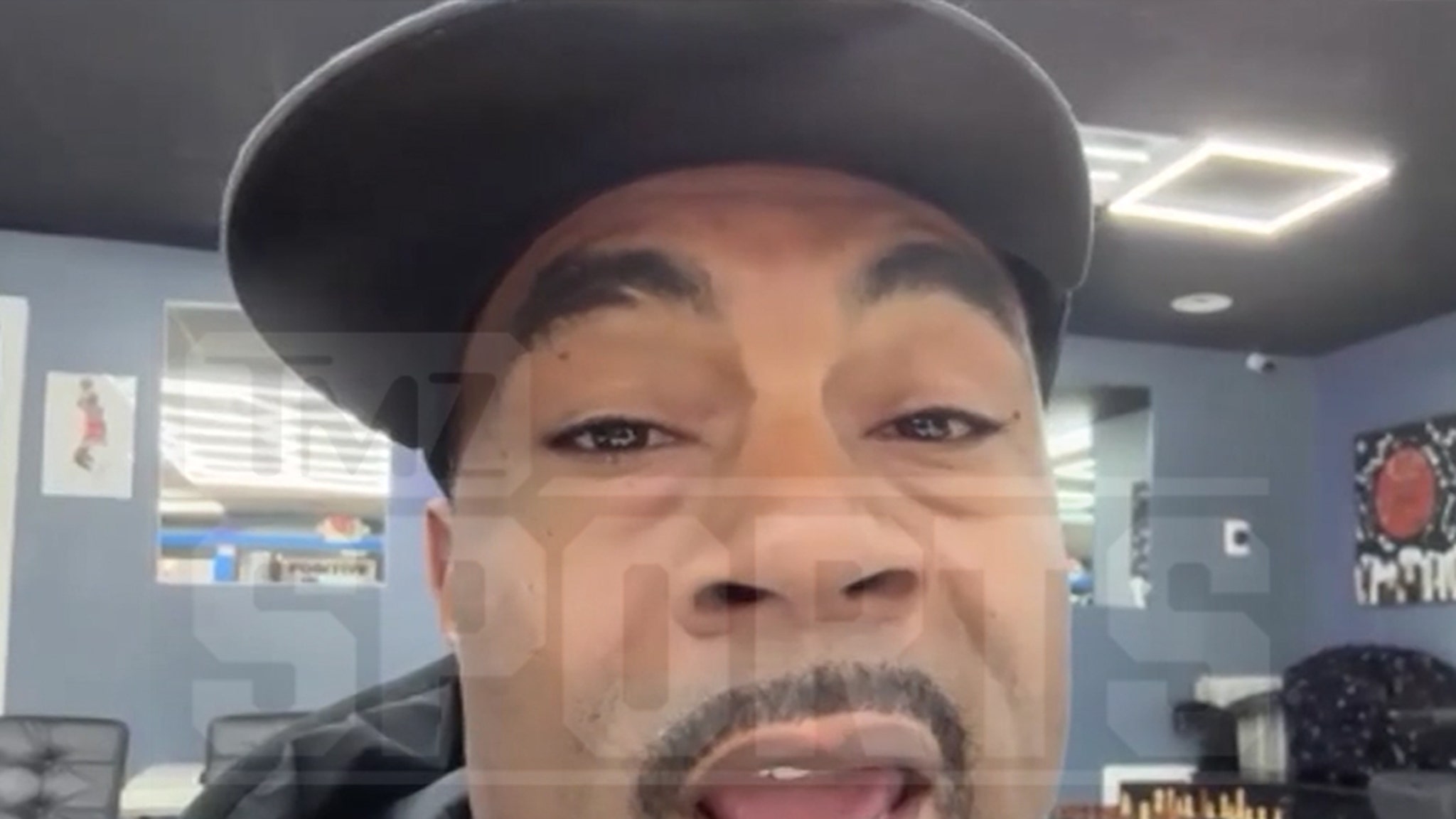In today's unaffordable housing market, high mortgage rates are just one part of the problem. Prospective homebuyers are also facing a long-running housing shortage.
More than a decade of underbuilding has left the country with a deficit of nearly 1.5 million new homes. At the same time, current homeowners holding on to their lower mortgage rates are freezing resale inventory in what's called a "rate-lock effect."
When pent-up demand outweighs supply — in this case, for both new and existing homes — prices go up.
In 2023, active housing inventory levels hit an all-time low, but experts see that trend slowly reversing. "Better availability of homes for sale will provide a greater balance between buyers and sellers, meaning fewer bidding wars and price escalations," said Selma Hepp, chief economist at CoreLogic.
However, even with a projected 11.7% increase this year, the number of homes for sale will still lag pre-pandemic levels by 23%, according to Realtor.com. Given the longstanding undersupply of houses, conditions are likely to remain challenging for homebuyers far beyond 2025.
"Inventory is going to increase, but supply will still be low by historical standards," said Lisa Sturtevant, chief economist at Bright MLS, a multiple-listing service operating across the mid-Atlantic.
Other variables are also at play, including the Federal Reserve's projections for fewer interest rate cuts and President-elect Donald Trump's economic policies, which are expected to be inflationary and potentially drag out housing market recovery.
At bottom, any meaningful growth in housing inventory would require a surge in resale listings and a significant uptick in new construction. Both scenarios would depend on lower inflation and continued interest rate cuts by the Fed to decrease consumer and business borrowing costs. Here's why.
Where have all the houses gone?
The COVID-19 pandemic was a clear turning point for the housing market, and not only because of the scarcity of building materials from disrupted supply chains. As the lockdowns went into effect, the demand for homes surged as families relocated for more space and millions took advantage of record-low mortgage rates around 2-3%.
The result was a white-hot seller's market, with existing homes being snatched up and prices increasing rapidly. Millions of homeowners were also able to refinance and lock in bargain rates, giving them more incentive to stay put.
Today, 84% of current homeowners have interest rates below 6%, and average mortgage rates aren't expected to dip back to sub-6% levels in 2025. If homeowners were to list their properties and move now, they'd end up with a significantly higher rate on a new home loan — and more expensive monthly payments.
For households unable to afford to sell their properties in recent years, the decision to move will become less about mortgage rates and more about lifestyle changes, said Ali Wolf, chief economist at Zonda, a home construction data company. Big life decisions, such as relocating for work, having children or getting divorced could prompt more sellers to give up their attractive interest rates in 2025.
Are any regions seeing increased inventory?
Housing supply has been making a gradual comeback in the last few years, though certain regions have recovered far faster than others.
For instance, states with the lowest levels of supply are concentrated in and around the Midwest and Northeast, where there's less available land to build on and the rate-lock effect is stronger. But in the South and West, where new home construction is more prevalent, housing supply is nearing or even surpassing pre-pandemic levels.
In areas where new construction is sparser, supply will depend on whether mortgage rates decline and provide enough incentive to bring sellers off the sidelines. Sub-6% rates aren't low enough to break the rate-lock effect entirely, but a gradual easing in borrowing costs will at least help to loosen it.
Still, if mortgage rates plunged to record lows again (in the context of a major economic crisis), buyers would likely flood the market to compete over limited inventory, which could cause home prices to surge again.
To improve affordability, housing prices and mortgage interest rates would ideally move toward equilibrium at the same pace.
Will there be an uptick in new construction?
In the lead-up to the 2007 financial crisis, new home construction was on the rise, peaking in early 2006. By 2009, new construction had declined by more than 125%. Today, housing starts are nearly 50% below pre-Great Recession levels.
Moreover, builders have been prioritizing the construction of larger, more expensive single-family homes and multifamily housing to meet changing buyer demographics and net larger profits. This shift has led to a decline in the construction of starter homes, e.g., smaller (typically 1,500 square feet or less) low-cost properties that help lower-income families access homeownership.
"We have been witnessing the death of the starter home for the better part of a decade," said Brittany Webb, director of research at the National Housing Conference. That's made it particularly difficult for first-time homebuyers to find affordable homes in areas where they want to live.
Over the last year, homebuilders have slowly begun shifting toward constructing smaller homes with lower price tags. Newly built homes tend to cost more than existing ones, yet experts see that price gap narrowing in 2025. Still, a lot depends on supply chains, the cost of materials and interest rates.
"Lower rates will likely result in more favorable lending conditions and lower construction costs for homebuilders, making new projects more profitable and spurring additional home construction," said Odeta Kushi, deputy chief economist at First American Financial Corporation.
Will housing market inventory change in 2025?
There is much uncertainty surrounding Trump's proposed economic policies and the extent to which they will affect the housing market and monetary policy in 2025.
Some campaign proposals, such as easing land-use regulations, could encourage development and boost housing inventory. Other proposals, including tariffs and tax cuts, could cause inflation to increase and prevent the Fed from making additional rate reductions.
Higher tariffs, particularly on lumber, are a big concern for builders, said Robert Dietz, chief economist at the National Association of Homebuilders. Increased construction costs could hamper homebuilding and drive up prices on newly built houses.
Moreover, if interest rates remain high, homebuilders will be less likely to rely on construction and development loans to fund projects, and current homeowners may be less likely to list their homes.
Still, many have expressed enthusiasm for Trump's deregulation proposals and his promise to sell federal land to developers for housing construction. "Homebuilders are optimistic about the extension of the 2017 tax reform and efforts to reduce regulatory burdens at all levels of government," said Dietz.
State and local governments would also have to loosen their zoning and land usage laws to make building houses easier and less expensive. That could take a long time, especially in areas where residents are opposed to increased development.
How to navigate today's housing shortage
Prospective buyers can't do much about the high mortgage rates tying up existing inventory or the pace of homebuilding. But there are ways you can find a house within your budget, even when the inventory is tight.
Broaden your home search: Housing inventory varies across each state and metropolitan area. So even if you're set on putting down roots in a specific location, it's worth keeping an open mind. Lesser-known areas or submarkets bordering urban centers could offer a wider range of options that better fit your budget and preferences.
Consider fixer-uppers: If you're comfortable with the potential cost and duration of renovations, fixer-uppers or older houses tend to offer more affordable asking prices. You'll also benefit from less competition and/or bidding wars that are common with turnkey properties.
Look into new construction: If you live in an area where there's a lot of new construction happening -- such as in the South or Western regions where there's more available land to develop and friendlier zoning laws -- you might be able to purchase a new house for a price similar to or even less than a pre-owned one. To attract buyers, many builders are offering all kinds of incentives, including mortgage-rate buydowns, discounted prices or closing cost assistance.
More on today's housing market
- Weekly Mortgage Predictions
- How the Federal Reserve's Decisions Impact Mortgage Rates
- Why Fed Rate Cuts Aren't a Cure-All for High Mortgage Rates
- Most Homebuyers Won't Budge Until Mortgage Rates Drop to 4%, CNET Survey Finds
- You Might Be Eager to Buy a House, but Homeowners Are Holding Tight to Their Mortgages
- Despite Lower Mortgage Rates, Another Refinancing Boom Isn't Likely. Here's Why
- Forget Mortgage Rates. Americans Say They Can't Even Save for a Down Payment









 English (US) ·
English (US) ·